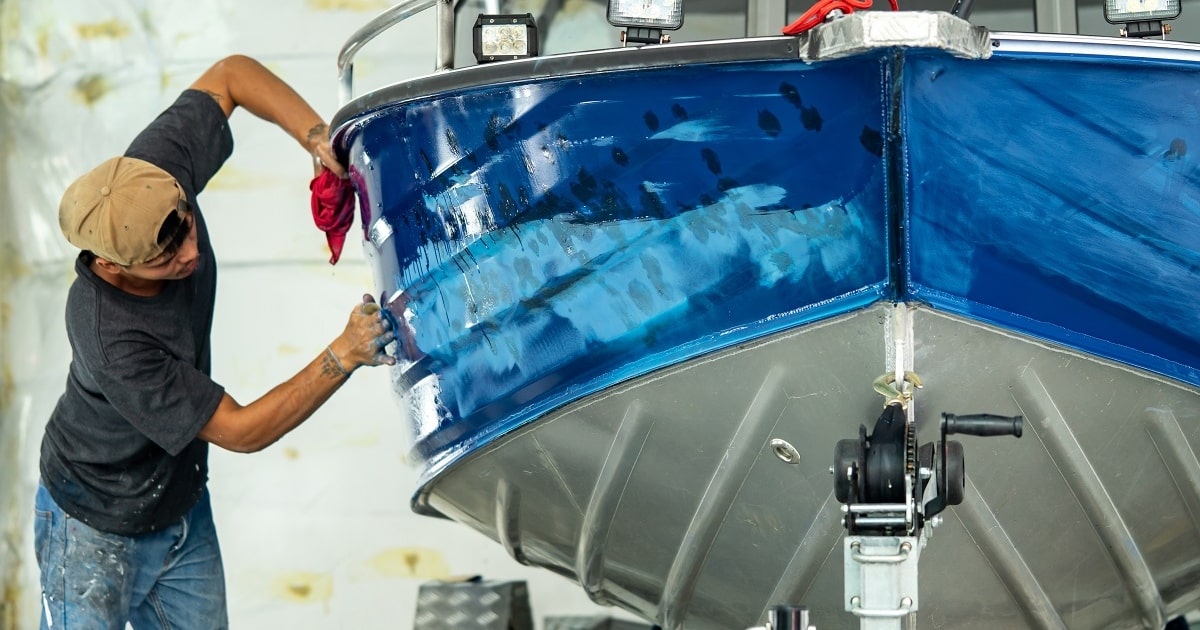Building a Skiff – A Practical Guide for Beginners to Build
Building a skiff can be a rewarding and enjoyable project for beginners, offering both a practical skill and a sense of accomplishment. A skiff, typically a small, lightweight boat with a flat bottom, is ideal for calm waters and can be used for various activities like fishing or leisurely outings. For beginners, starting with a simple skiff design will make the process more manageable and enjoyable. The first step in building a skiff is to select a suitable design. There are many plans available online or in books, ranging from basic flat-bottomed skiffs to more complex designs. Opting for a basic plan will help you become familiar with boat-building techniques without being overwhelmed by complexity. Once you have your design, gather all necessary materials and tools. Common materials include marine plywood, epoxy resin, fiberglass cloth, and various fasteners. Tools you will need include a saw, drill, clamps, and sandpaper.

Next, prepare your workspace. A clean, well-ventilated area is crucial, especially when working with epoxy resin and fiberglass. Lay out all your materials and tools, ensuring you have enough room to work comfortably and safely. Begin by cutting out the plywood pieces according to the design plans. These pieces will form the hull of your skiff. Carefully measure and mark the plywood, then cut out the pieces using a circular saw or jigsaw. Once cut, sand the edges to ensure they are smooth and free of splinters. Assemble the hull by first attaching the bottom panel to the sides. Use clamps to hold the pieces in place while you apply epoxy resin to the seams. This resin will create a strong, watertight bond. After the bottom panel is secured, attach the transom and bow sections. These parts add stability and shape to the skiff. Be sure to follow the design plans closely and check for proper alignment throughout the assembly process.
Once the hull is assembled, apply a layer of fiberglass cloth to the exterior. This step strengthens the hull and provides additional protection against water damage. Lay the fiberglass cloth over the hull and apply a layer of epoxy resin on top, smoothing out any bubbles or wrinkles. Allow the resin to cure fully according to the manufacturer’s instructions and How To Build a Skiff. After the exterior is complete, turn the skiff over and work on the interior. Install any necessary supports, seats, and storage compartments as per the design plans. Apply a final coat of epoxy resin to the interior to ensure it is fully sealed and protected from water. Finally, sand the entire boat to smooth out any rough areas and prepare it for painting. Choose a marine-grade paint that can withstand the harsh conditions of being on the water. Apply the paint in thin, even coats, allowing each coat to dry before applying the next. Building a skiff is a project that combines craftsmanship with practicality. By following these steps and taking your time, you will end up with a functional and attractive boat that reflects your hard work and dedication. Enjoy the process and the satisfaction of creating something that you can use and cherish for years to come.